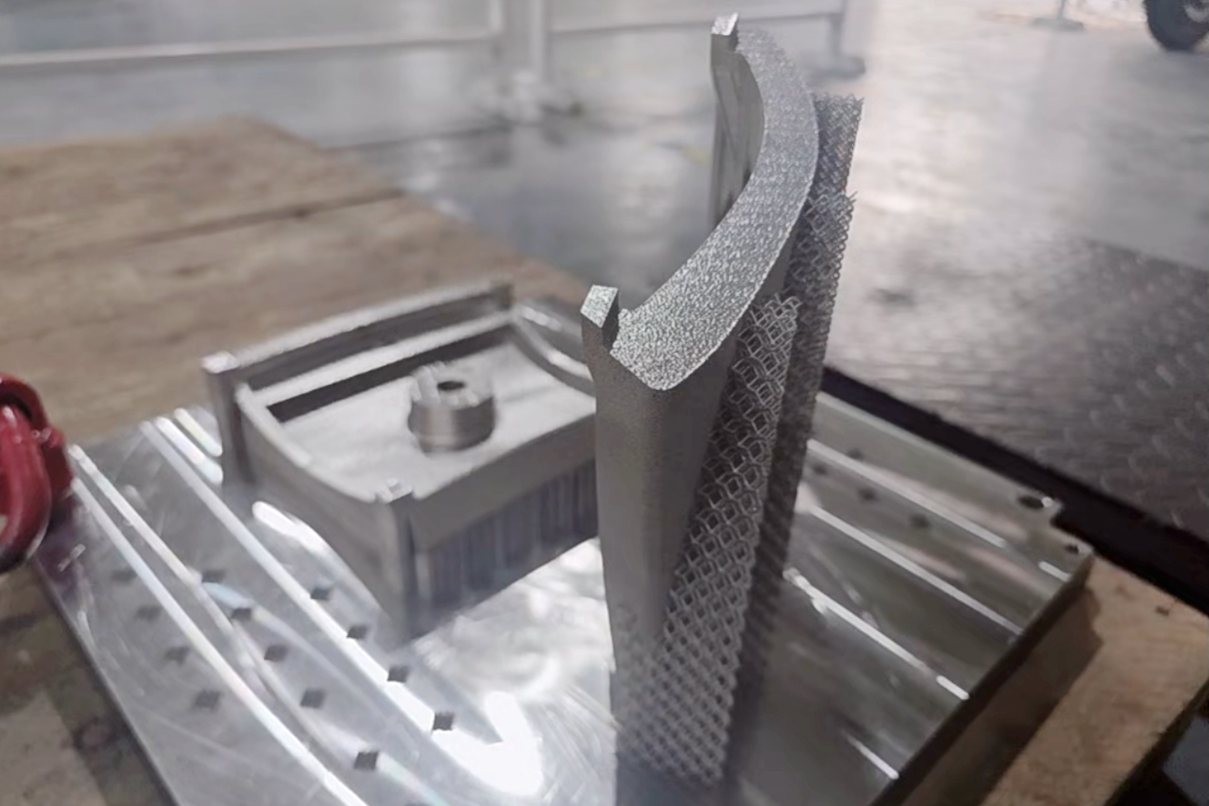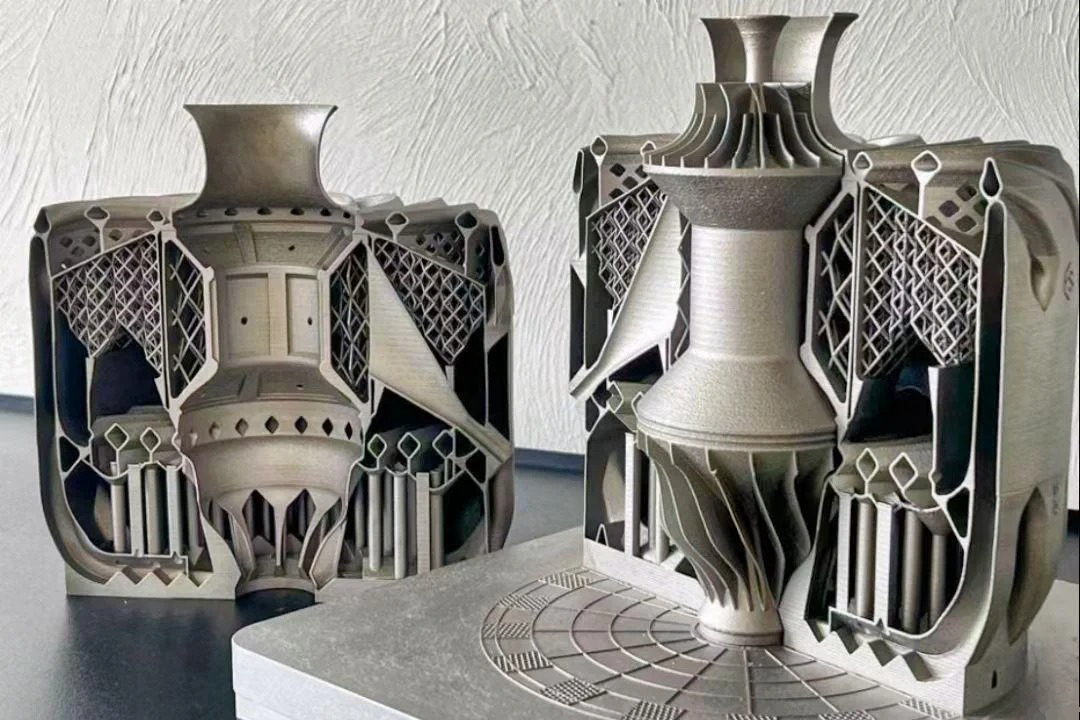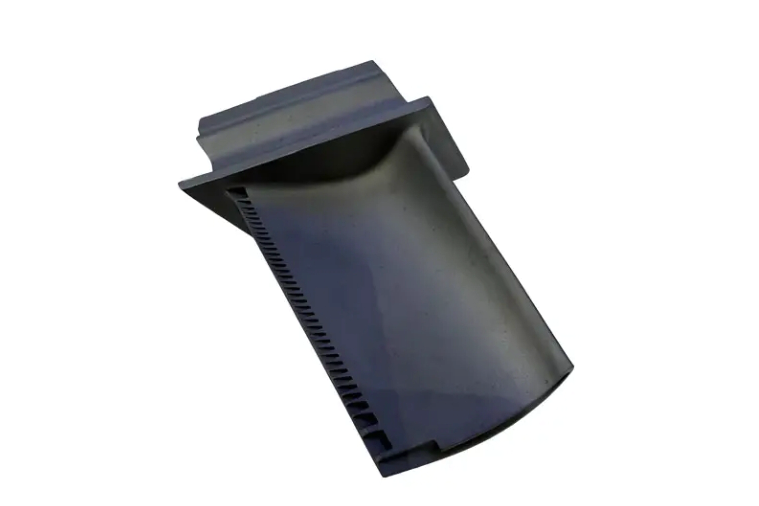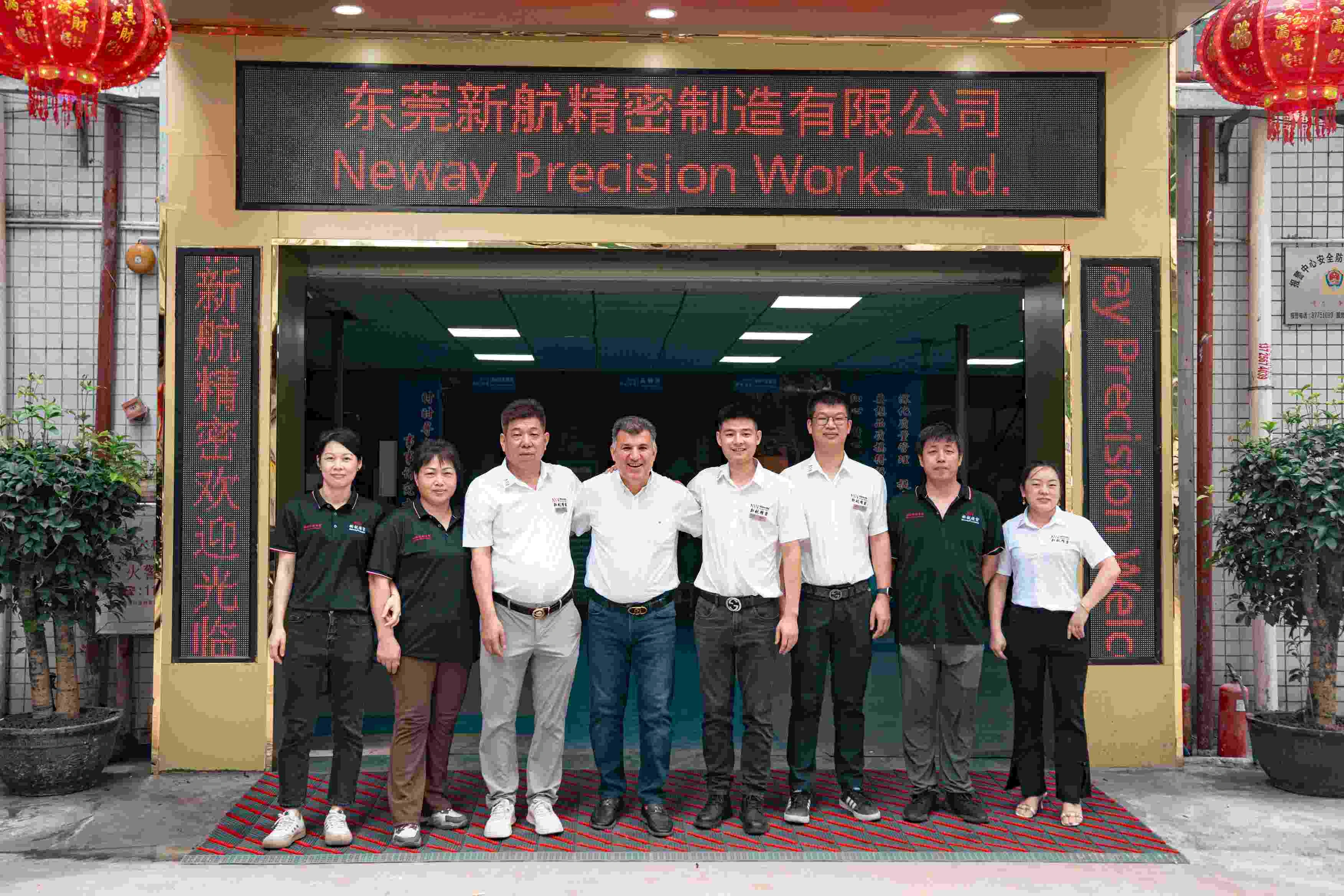Superalloy Corrosion-Resistant Piping Accessories Processing Plant
Induction of Superalloy Piping Accessories
Superalloy parts manufacturer superalloy piping accessories are essential components used in various industries where extreme conditions, such as high temperatures, corrosion, and mechanical stress, are prevalent. These components play a crucial role in maintaining the integrity and functionality of piping systems that transport gases, liquids, and chemicals under extreme pressures and temperatures.
Superalloy piping accessories are typically made from alloys designed to withstand these harsh conditions while offering strength, durability, and resistance to thermal and chemical degradation. These accessories are found in industries such as aerospace, petrochemical, power generation, and marine engineering, where materials must perform reliably over long periods and in extreme environments.
The primary advantage of superalloy materials is their ability to maintain their structural integrity at high temperatures, often exceeding 1000°C, making them ideal for applications like turbine engines, exhaust systems, and chemical reactors. Superalloy piping accessories include elbows, tees, flanges, couplings, and reducers; each is vital in facilitating fluid flow while maintaining strength and corrosion resistance.
The selection of the suitable superalloy material for each application depends on factors such as the operating temperature, pressure, and potential exposure to corrosive substances. As a leading manufacturer of high-temperature alloy parts, Neway Precision Works utilizes advanced processes to provide these critical components, ensuring top-notch performance and reliability in any industrial setting.
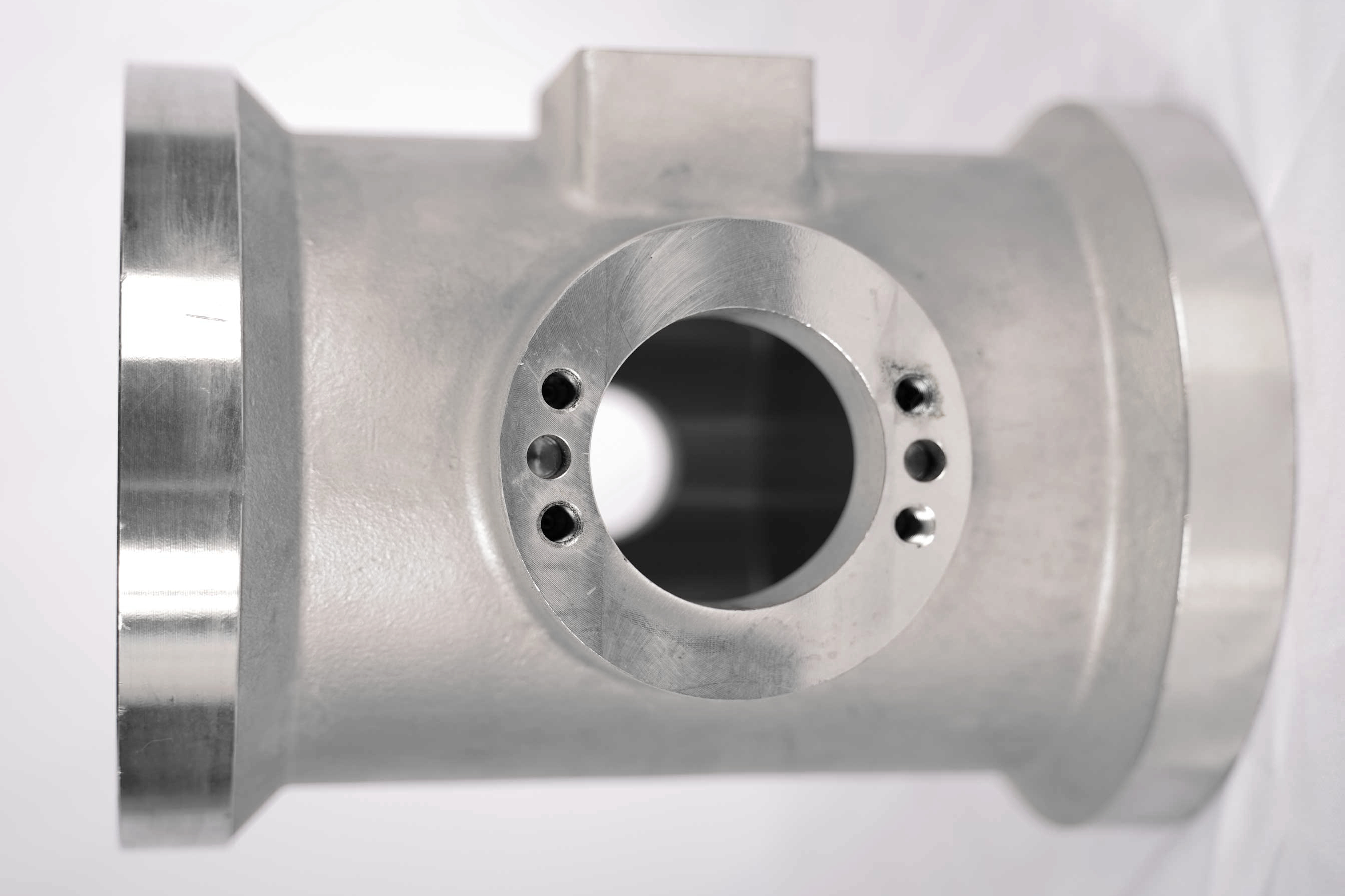
Superalloys Used In Superalloy Piping Accessories
Selecting the appropriate superalloy material is essential to ensure piping accessories' strength, corrosion resistance, and durability. Three famous families of superalloys are commonly used in the manufacturing of piping accessories: Inconel alloys, Hastelloy alloys, and Monel alloys. These materials have distinct characteristics that make them suitable for specific applications.
Inconel Alloys
Inconel alloys, such as Inconel 625, Inconel 718, and Inconel 825, are known for their excellent resistance to high-temperature oxidation and corrosion, making them ideal for applications in harsh environments.
Inconel 625 is commonly used for its excellent fatigue and thermal-fatigue strength, oxidation resistance, and weldability, particularly in aerospace and chemical processing industries.
Inconel 718 is renowned for its high strength at elevated temperatures and resistance to oxidation and corrosion. It is a go-to choice for high-pressure and high-temperature systems, such as turbine engines.
Inconel 825 offers excellent resistance to reducing and oxidizing acids, making it ideal for chemical processing systems exposed to aggressive environments.
Hastelloy Alloys
Hastelloy alloys, like Hastelloy C-276, Hastelloy C-22, and Hastelloy X, offer exceptional resistance to corrosion, particularly in severe conditions such as those found in chemical processing, marine environments, and exhaust systems.
Hastelloy C-276 is widely used for its outstanding resistance to pitting and stress corrosion cracking in the chemical processing and power generation sectors.
Hastelloy C-22 provides superior resistance to a wide range of corrosive media and is often used in flue gas desulfurization systems and other challenging environments.
Hastelloy X is known for its high strength and excellent oxidation resistance at high temperatures, and it is commonly used in aerospace and gas turbine applications.
Monel Alloys
Monel alloys, including Monel 400, Monel K500, and Monel 404, offer superior resistance to seawater corrosion and are primarily used in marine and chemical applications where corrosion resistance is paramount.
Monel 400 is known for its excellent corrosion resistance in seawater and high-strength properties, making it suitable for marine piping systems and heat exchangers.
Monel K500 adds to the strength of Monel 400 with age-hardening, offering enhanced mechanical properties for demanding applications.
Monel 404 is particularly effective in applications requiring resistance to sulfuric and hydrochloric acids.
Each superalloy family offers unique advantages, allowing manufacturers like Neway to select the ideal material for each specific piping accessory application, ensuring maximum performance and longevity in the harshest conditions.
Superalloy Piping Accessories Manufacturing Process
The manufacturing process of superalloy piping accessories involves multiple advanced techniques that ensure each component's strength, precision, and durability. The processes used include vacuum investment casting, powder metallurgy, and precision forging, which are crucial in creating superalloy components that meet industry demands.
Vacuum Investment Casting
Vacuum investment casting is critical for producing superalloy components, including piping accessories. This process involves creating a wax pattern of the desired component, coating it with a ceramic shell, and then using a vacuum to eliminate air from the mold. The mold is then heated, and molten superalloy material is poured into the cavity to form the part.
Several variations of investment casting are used, depending on the required properties of the part:
Superalloy Single Crystal Casting: This method is employed when components such as turbine blades require exceptional strength and resistance to thermal creep. The process ensures a single crystalline structure, which improves performance under high-stress conditions.
Superalloy Equiaxed Crystal Casting: This method involves the formation of approximately equal-sized crystals, which enhances the toughness and fatigue resistance of the casting. It’s often used in components subjected to cyclic loads, such as those in high-temperature piping systems. Grain structure control helps improve toughness and resistance to fatigue.
Superalloy Directional Casting: This process controls the crystallization direction, resulting in a casting with superior directional properties. It’s often used for parts that must withstand high-stress environments where grain alignment is critical to performance. Directional solidification is essential in ensuring enhanced mechanical properties for such components.
The vacuum investment casting process ensures excellent dimensional accuracy, surface finish, and material properties, making it ideal for high-temperature superalloy piping accessories. The vacuum environment also helps reduce defects like porosity, ensuring high-quality parts suitable for demanding applications.
Powder Metallurgy
Powder metallurgy (PM) is another advanced manufacturing method for producing superalloy parts. In this process, metal powders are compacted and sintered to create a solid material. The advantage of powder metallurgy is its ability to produce parts with uniform microstructures, complex geometries, and high-density materials.
Powder metallurgy for turbine discs: Powder metallurgy is often used to produce turbine discs for aerospace and power generation systems. The fine powder particles ensure that the material exhibits excellent mechanical properties, such as high strength, fatigue resistance, and dimensional stability.
The controlled process of powder metallurgy enables manufacturers like Neway to produce parts with superior performance characteristics, such as uniform material composition and high wear resistance. Powder preparation ensures optimal material flow and high-quality component performance, which is critical for components exposed to high thermal and mechanical stresses.
Precision Forging
Precision forging is a versatile process that shapes superalloy materials into complex forms with high strength and tight tolerances. The following variations of precision forging are used in the manufacturing of superalloy piping accessories:
Rough Forging: This process shapes significant components, including piping accessories, and prepares the material for refinement. The process reduces material waste and helps achieve the desired mechanical properties. Rough forging allows for material displacement, ensuring the basic shape is ready for further processing.
Free Forging: This process involves material deformation between two dies without constraints. Free forging creates large, complex parts that withstand high-pressure and high-temperature environments. Free forging is beneficial for custom geometries requiring precise shaping for superalloy piping systems.
Isothermal Forging: Isothermal forging maintains a uniform temperature during the entire process, which reduces material distortion and improves mechanical properties. It is particularly beneficial when producing intricate shapes for superalloy piping components, ensuring uniform grain structure and strength. Isothermal forging contributes to higher-quality components by ensuring better thermal stability and reduced dimensional distortion.
Precision forging enhances the material properties of superalloy piping accessories, resulting in parts that exhibit excellent mechanical strength, resistance to wear, and thermal stability. The benefits of precision forging help achieve superior performance in components that must endure high thermal and mechanical stresses in demanding environments.
Prototyping for Superalloy Piping Accessories
The demand for custom or low-volume superalloy piping accessories is growing in many industries. Prototyping and low-volume production allow companies to quickly produce parts for specific projects, test their performance, and make necessary adjustments before full-scale production.
3D Printing Service
3D printing is a crucial tool for prototyping and low-volume production. This additive manufacturing process allows for the rapidly producing complex parts with intricate geometries that would be difficult or impossible to achieve using traditional methods.
Using superalloy materials for 3D printing enables manufacturers like Neway to create prototypes for testing and validation, significantly reducing lead times and costs.
Superalloy CNC Machining
CNC machining is another vital method for creating high-precision superalloy parts. It allows for the precise shaping of complex components with tight tolerances. CNC machines create prototypes, small batches, or customized parts for superalloy piping accessories, ensuring that each part meets the specifications.
Superalloy Piping Accessories Post-Process
Post-processing is essential for ensuring the final performance and quality of superalloy piping accessories. Standard post-processing techniques include:
Heat Treatment: Heat treatment enhances the mechanical properties of superalloys, including strength, hardness, and ductility, by heating the parts to specific temperatures and then cooling them in a controlled environment. This process helps optimize the alloy’s microstructure for better performance under high-stress conditions.
Hot Isostatic Pressing (HIP): HIP is used to eliminate internal porosity and defects in the material, thereby improving the density and strength of the components. This method is precious for ensuring the integrity of superalloy piping accessories that withstand high pressure and temperature extremes.
Thermal Barrier Coatings (TBC): TBC is applied to components exposed to high temperatures to protect them from oxidation and thermal degradation, extending the lifespan of the superalloy parts. TBCs are crucial for components subjected to severe thermal cycling, ensuring enhanced durability and improved efficiency in demanding operating environments.
Superalloy Piping Accessories Quality Inspection
Rigorous testing and inspection methods are employed to ensure the quality and reliability of superalloy piping accessories. These include:
X-ray Inspection: X-ray inspection enables the detection of internal defects, ensuring that the final parts are free from cracks or voids that could compromise their performance. This non-destructive testing method is crucial for ensuring the integrity of components under high-pressure conditions.
Coordinate Measuring Machine (CMM): CMM is used to check the dimensional accuracy of the parts, ensuring they meet the required specifications. This device is crucial for ensuring dimensional accuracy in superalloy components, providing precise measurements to confirm that each part meets the stringent tolerances required for piping systems.
Metallographic Microscopy: This method examines the material's microstructure to ensure that the grain structure and composition are consistent with the requirements for high-temperature performance, similar to how metallographic analysis ensures the quality of turbine components. This analysis is critical to verifying material integrity and performance under extreme conditions.
Industry Applications of Superalloy Piping Accessories
Superalloy piping accessories are critical in the aerospace, petrochemical, power generation, and marine engineering industries. These industries rely on high-performance piping systems to transport fluids and gases at extreme pressures and temperatures, where failure is not an option. Superalloy components are utilized in turbine engines, exhaust systems, chemical reactors, and other applications, offering durability and reliability in the most demanding environments.
Aerospace: In aerospace applications, superalloy piping accessories are used in jet engines and auxiliary power units (APUs) to handle high-temperature exhaust gases, ensuring that the piping systems remain structurally sound under extreme conditions.
Petrochemical: Superalloy piping is essential in petrochemical refining processes, where harsh chemicals and high pressures require materials that resist corrosion and maintain structural integrity over time.
Power Generation: In power plants, superalloy piping accessories transport steam and fluids at high pressures and temperatures, such as gas turbines, ensuring consistent performance and preventing failures in critical systems.
Marine: Marine engineering relies on superalloy piping accessories to manage the harsh seawater conditions and high-pressure environments in ship propulsion and other onboard systems.
These applications underscore the crucial role of superalloy piping accessories in industries that require the highest performance, durability, and reliability standards under extreme conditions.
FAQs
What are the most commonly used superalloys in piping accessories?
How does vacuum investment casting enhance superalloy piping accessory quality?
What are the advantages of powder metallurgy for superalloy component production?
Why is Hot Isostatic Pressing (HIP) essential in post-processing?
What quality inspection methods are used for superalloy piping accessories?
